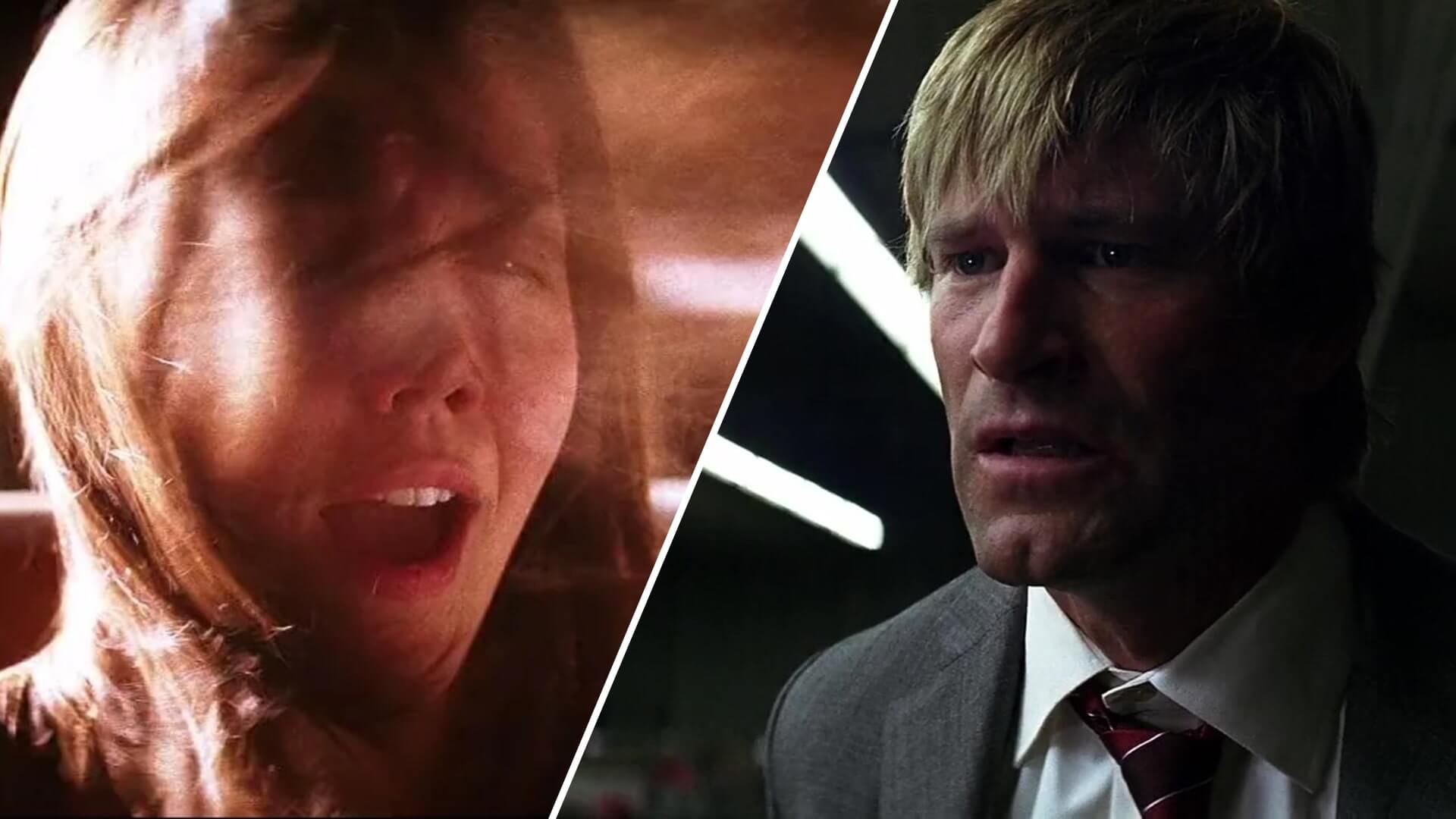E
diting in cinema has an immeasurable impact. It’s one of the key crafts of cinematic storytelling, allowing filmmakers to weave multiple narratives together while maintaining continuity and cohesion. One powerful example is intercutting in film, where different shots or scenes are skillfully combined to create a seamless and compelling narrative.
What is Intercutting in Film?
First, let’s define intercutting in film
Intercutting is the art of cinematic storytelling at its finest, bringing together disparate elements to captivate and engage the audience. It's given us some of the best sequences in cinematic history. Let's start by taking a look at the definition of intercutting in film.
INTERCUTTING FILM DEFINITION
What is intercutting in film?
Intercutting, also called cross cutting, is a film editing technique used to weave together two or more different scenes, often happening simultaneously or in parallel, to create tension, suspense, or to draw a thematic connection. It involves cutting back and forth between these scenes, making it appear as if the events are happening at the same time. This cinematic device allows filmmakers to play with the audience's emotions and expectations by juxtaposing contrasting images or scenes. It can also be used to provide exposition, develop characters, or even to manipulate the perception of time and space within the narrative. Intercutting is commonly used in action sequences, where it creates a fast-paced, dynamic feel. However, it's equally effective in dramas, where it can highlight emotional parallels or contrasts between characters or situations.
What is Intercutting Used For in Film?
- Building Narrative Tension
- Juxtaposing Thematic Elements
- Manipulating Temporal Perception
What is Intercutting in Film Used For?
Building narrative tension
Ever sat on the edge of your seat, heart pounding, as you watched a movie? That's narrative tension for you. But how do filmmakers create this palpable sense of suspense that keeps us glued to our screens? One word: intercutting.
Intercutting takes the story and gives it an extra kick. It's all about weaving together scenes of simultaneous action, creating a cinematic tapestry that heightens our emotional response. In simple terms, it's the art of cutting between scenes to build up the tension.
Remember that heart-stopping scene in The Dark Knight where Batman has to make a choice? Save Rachel Dawes or Harvey Dent? Now that's a rock and hard place if ever there was one. Director Christopher Nolan masterfully uses intercutting here, flipping back and forth between the two perilous situations. The result? A climactic sequence that leaves us breathless. Spoilers ahead!Batman saves Dent • The Dark Knight
Just imagine how different that scene would have been without intercutting. Not quite the same level of suspense, right? That's the power of intercutting. It takes our emotional engagement and cranks it up to eleven.
What is Intercut in Film Used For?
Juxtaposing thematic elements
Ever noticed how some scenes in a movie seem to echo each other, even though they're worlds apart? Masterful filmmakers use intercutting to achieve that connection.
Intercutting places different scenes side by side, making them dance in harmony or clash in a dramatic showdown. The aim? To draw out those underlying themes or motifs that give the narrative its depth and richness.
Picture The Godfather. Recall the chilling scene where director Francis Ford Coppola intercuts a christening with brutal acts of murder by the Corleone family. On one hand, we have the sacred ceremony of christening, a symbol of innocence and new beginnings.
On the other, we have the violent, merciless world of the mafia. The intercutting creates new meaning from both — the christening of Michael Corleone as the new Don of the family. You've probably seen this iconic scene before but let's watch it again. It's just that good.
Essential Film & Video Editing Techniques • Subscribe on YouTube
Now, these two scenes couldn't be more different. Yet, when they're intercut, they create a powerful contrast that underscores the paradoxical nature of the characters and their world. It's like holding up a mirror to the dualities of life itself — the sacred and the profane, the innocent and the corrupt, the beginning and the end.
They're not just random cuts — they're carefully crafted pieces of a bigger puzzle, revealing the heart and soul of the story.
Function of Intercut in Film
Manipulating temporal perception
Time. It's an elusive concept. We try to measure it, control it, but at the end of the day, it has a will of its own. Now, imagine if you could play with time. Bend it, stretch it, make it dance to your tune. Trailblazing filmmaker Andrei Tarkovsky called it "sculpting in time."
An excellent illustration of intercutting between different moments in time can be seen in the brilliant film Parasite. In a montage that unravels the scheme, we witness the seamless transition between the planning and execution of the plan. Nerdwriter's video further dissects how Bong Joon-Ho masterfully employs intercutting to shape the perception of time.Parasite's Perfect Montage
Filmmakers use intercutting to manipulate our perception of time. It's like being a puppeteer who pulls the strings of the narrative, creating non-linear storylines or playing with the pacing of the story. One moment you're in the present, the next you're thrown back into a memory, and before you know it, you're catapulted into the future.
As you can see, intercutting is an incredible artistic technique that allows filmmakers to take storytelling to new heights. It's like a symphony of visual contrasts, a captivating dance of time that draws us into the narrative. It shows us that cinema truly reflects the complexity and interconnectedness of life.
Up Next
What is a Montage?
Now, let's shift our focus to another fascinating filmmaking technique that manipulates time to tell a cinematic story — the montage.
Up Next: Montage Editing →
Showcase your vision with elegant shot lists and storyboards.
Create robust and customizable shot lists. Upload images to make storyboards and slideshows.
